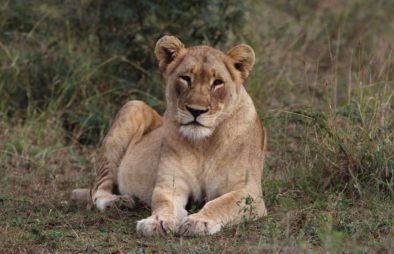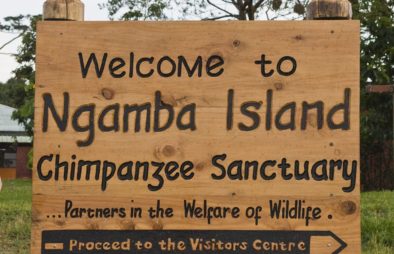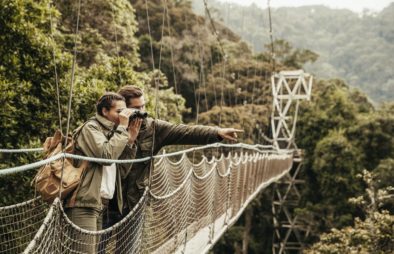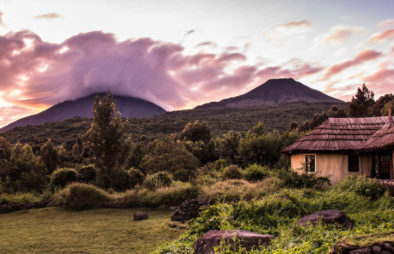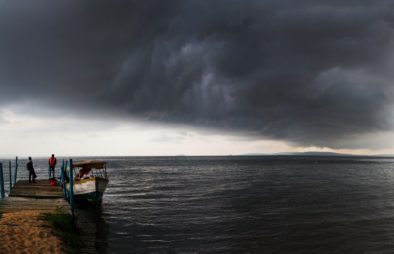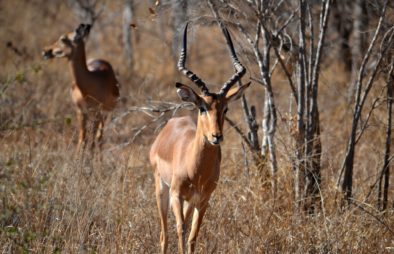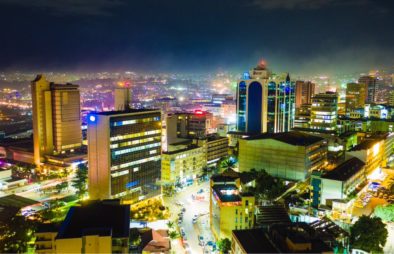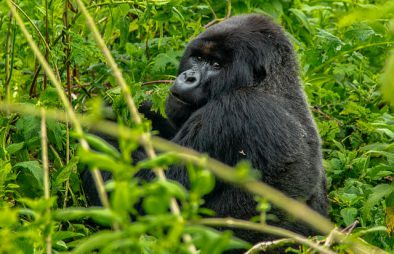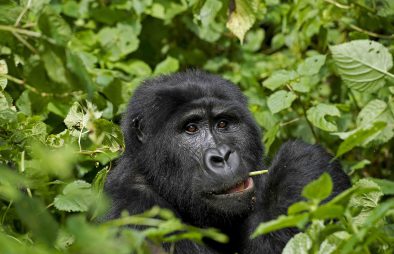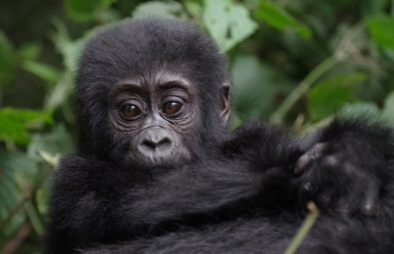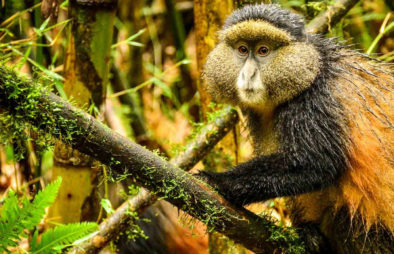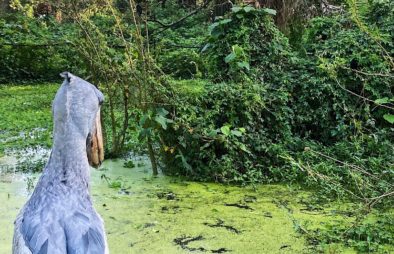About Mountain Gorillas in Uganda
Half of the world’s total population of Mountain gorillas, one of two subspecies of eastern gorillas designated as endangered by the IUCN in 2018, call Uganda their permanent home and welcome people from all over the world to meet and interact in their natural habitat. These creatures have enormous bodies, fur-covered, and are so shy though giant.
They are social creatures with a well-established family led by a dominant silverback whose job is to handle family conflicts and guide them to find fresh pasture, and protect all family members. Gorillas eat primarily greens such as leaves, stems, fruits, and roots, and spend the most of their time resting and playing on tree branches.
Uganda; once dubbed by the British wartime minister “the pearl of Africa” in his book “MY AFRICAN Journey” is a safe and intriguing haven blessed by nature and diverse range of wildlife. It borders the Democratic Republic of Congo, Rwanda, South Sudan, Kenya, and Tanzania, among others, in East Africa. Gorillas are a popular safari attraction.
Gorillas can be found in two national parks in Uganda’s southwestern region, near the foothills of the massive Virunga mountain range that stretches through Uganda, Rwanda, and the Democratic Republic of Congo. Mgahinga Gorilla National Park and the Bwindi Impenetrable National Park’s Rihija sector, Nkuringo sector, Buhoma Sector and Rushaga Sector are among these safe havens.
Gorillas are most commonly seen in the early hours of the day, when they have just awoken and are busily searching for new territory and fresh foliage. The activity begins with a pre-trek briefing with ranger guides, who explain the dos and don’ts of trekking, allocate participants to different Gorilla groups, and escort for the 2-6-hour search, plus an extra hour for questions and answers. A maximum of eight persons, aged 15 and up, are allowed to visit the gorillas per day, and they must follow all of the trekking rules and restrictions.
How much is paid to track mountain gorillas in Uganda?
According to the Uganda Wildlife Authority’s June 2020-2022 Wildlife Tariff, foreign non-residents will be charged 700 USD per day, while East African Community residents will be charged 250,000 USD. Foreign residents pay 600 USD per day. This money is non-refundable and will be used to support park conservation activities, pay ranger guides and provide 10% community contribution to the local villages living near the park. The permit is a required document that must be provided to the park/sector headquarters before the start of any trekking activity.
For adequate planning, it is advisable to book a Gorilla permit at least six months in advance since they are limited in supply.
PACKING LIST FOR GORILLA TREKKING IN UGANDA.
Because deciding what to bring on a safari might be difficult, here are some suggestions for what to bring on your trekking vacation. A waterproof backpack to carry your belongings, professional camera for photography, hat to protect your hair, binoculars to observe distant animals, long trousers, long-sleeved shirt, water container, waterproof jacket and other items, and of course the trekking permit.
BEST TIME TO VISIT GORILLAS IN UGANDA.
Uganda is home to gorillas all year, although the best months to track and meet them in their natural habitats are June to September and December to March. Rainfall is abundant in April, May and November, making hiking adventures more difficult. During rainy months of June to March, May, and November, there are discounts on lodging and tour packages since demand is low.
Seeing gorillas in their natural habitat is once-in-a-lifetime experience available only to a select few, one of whom maybe you. Make a reservation for a gorilla trekking adventure and meet your cousins in their natural home.

